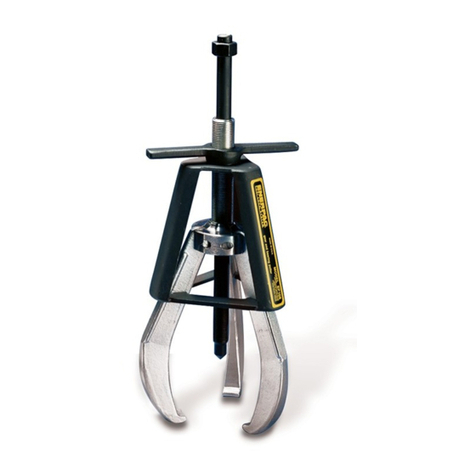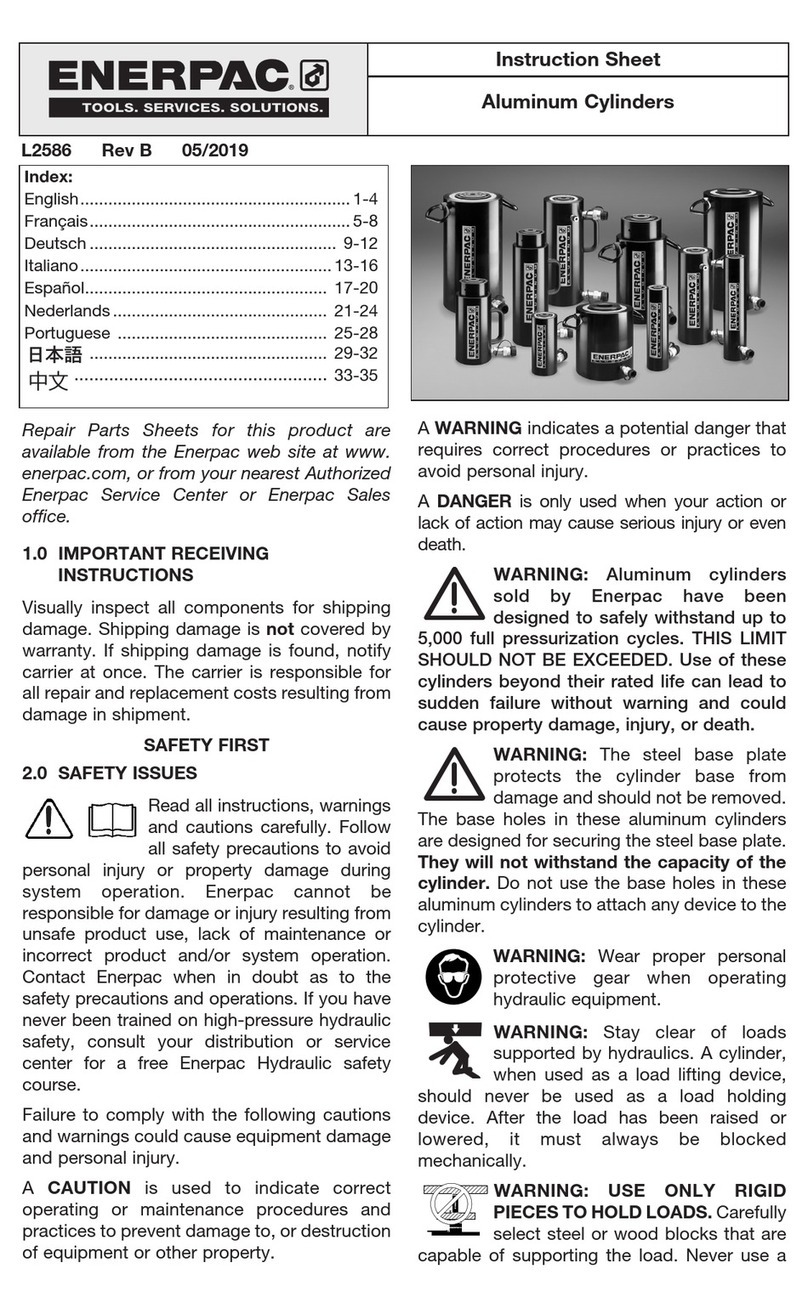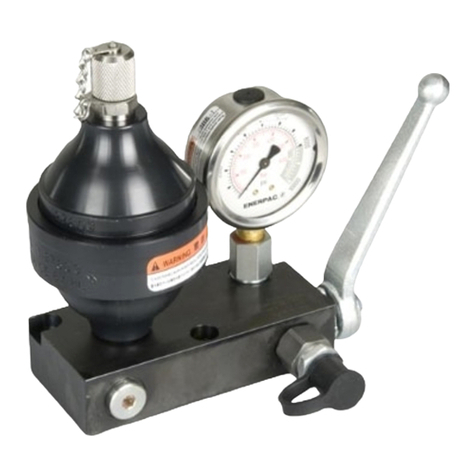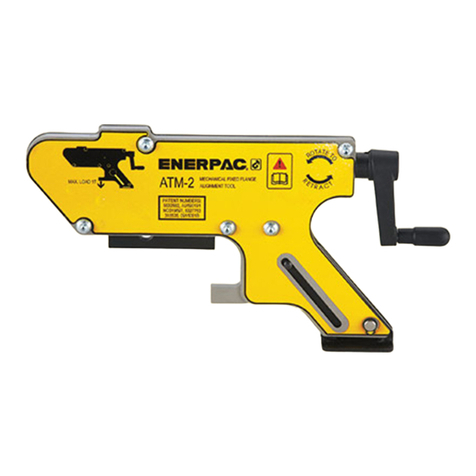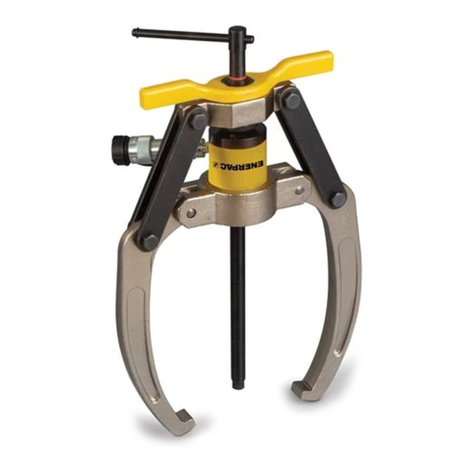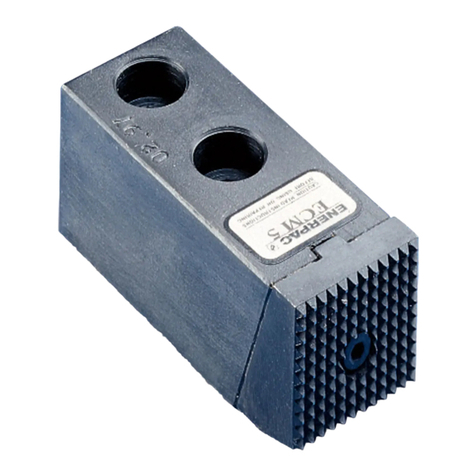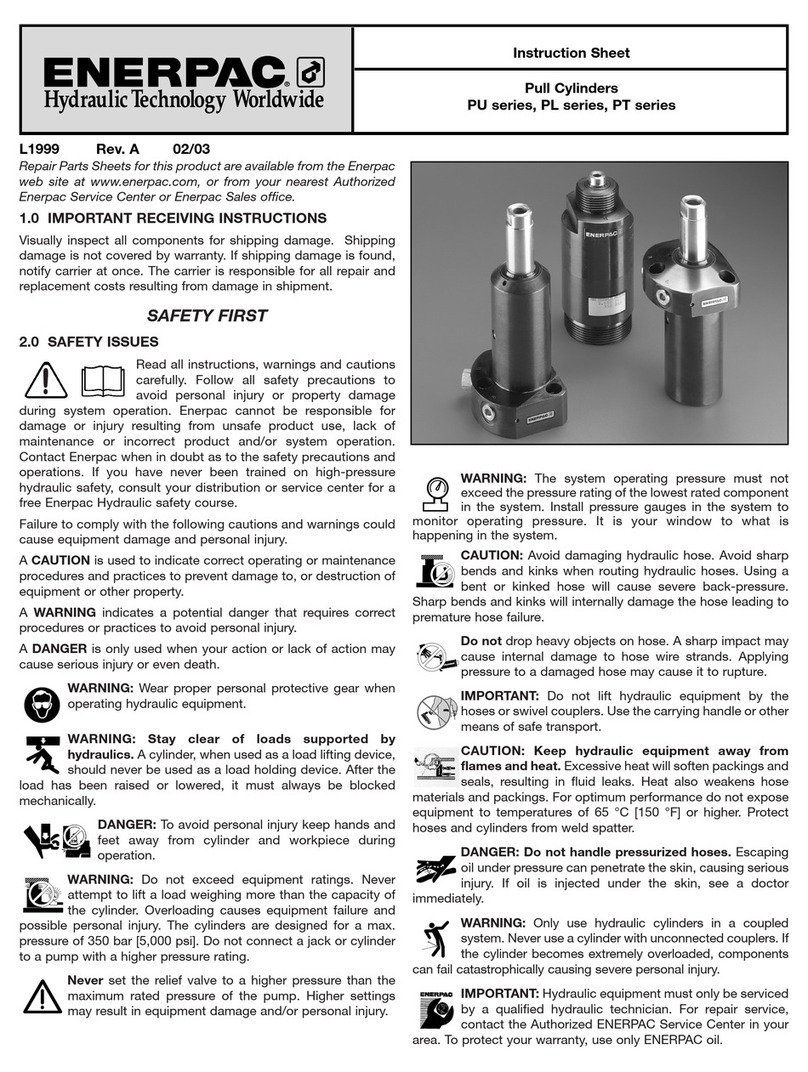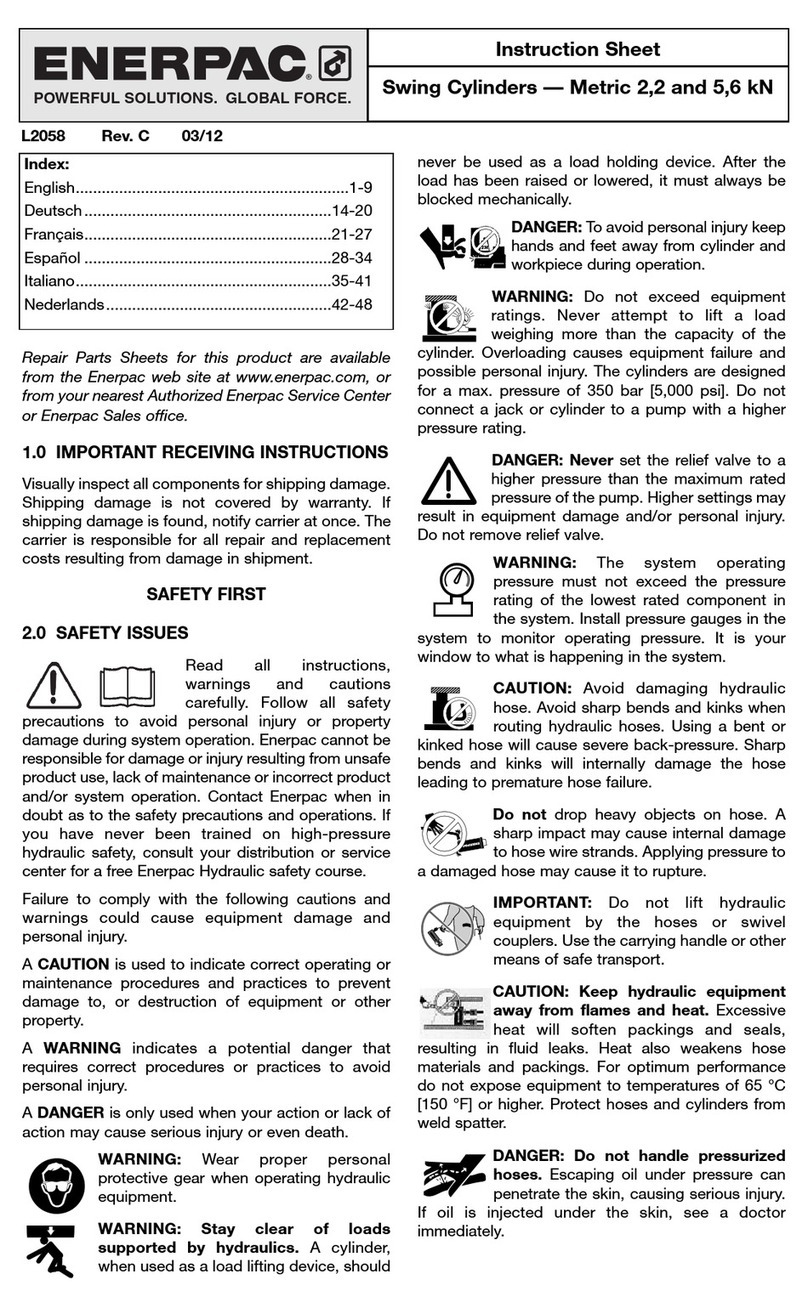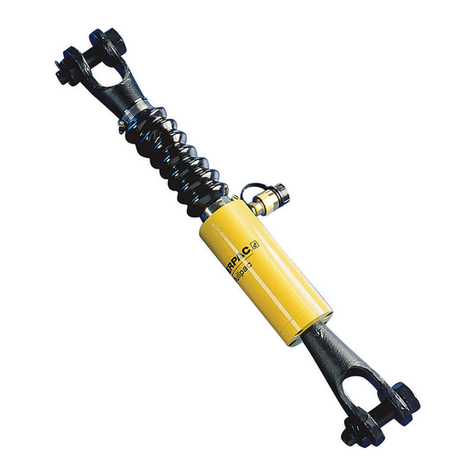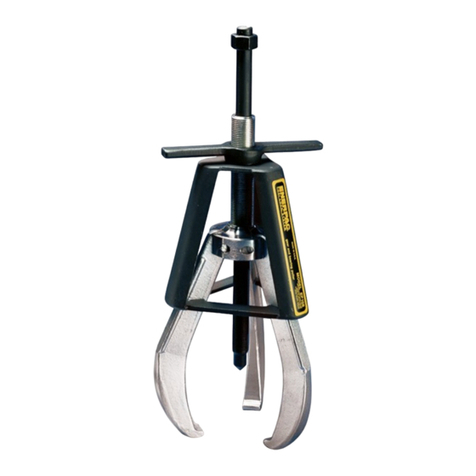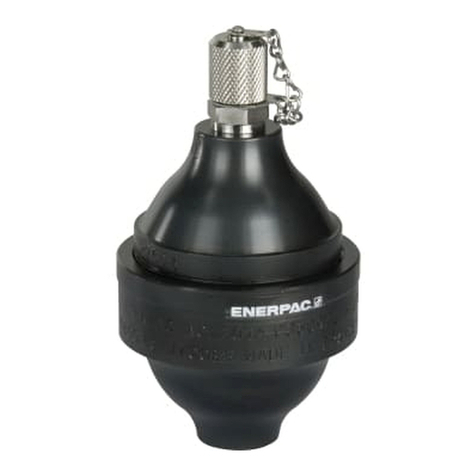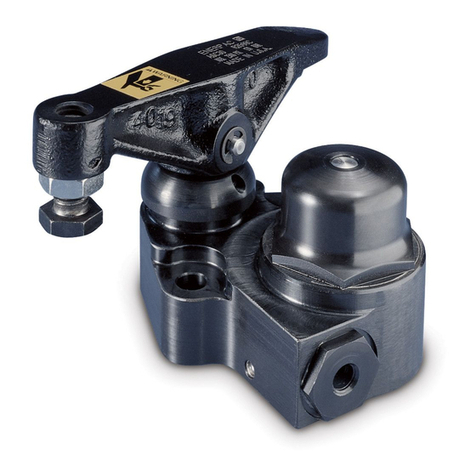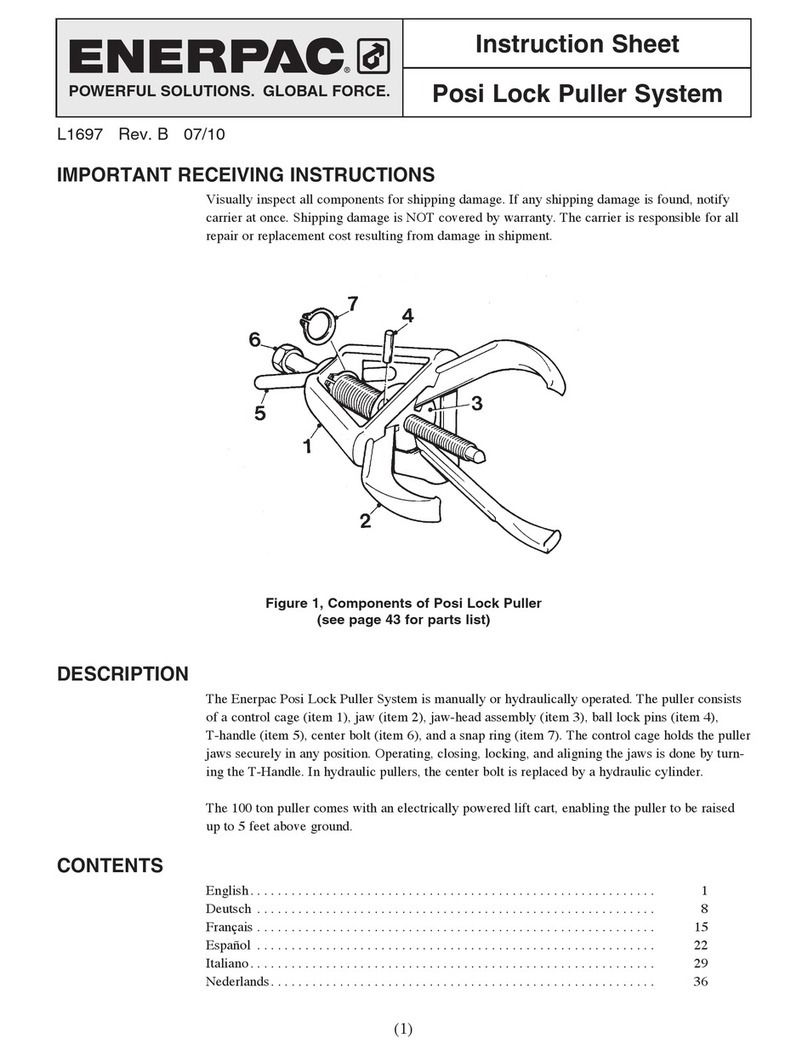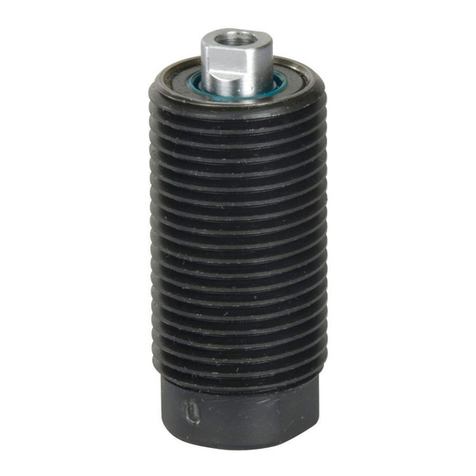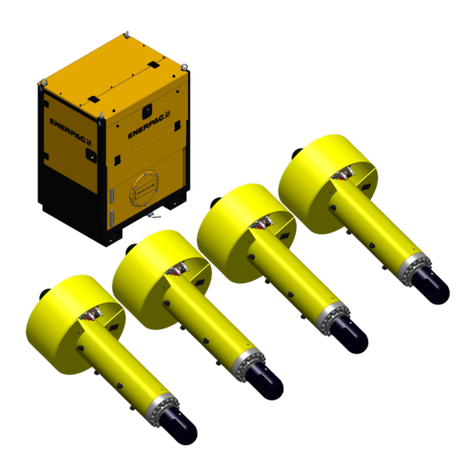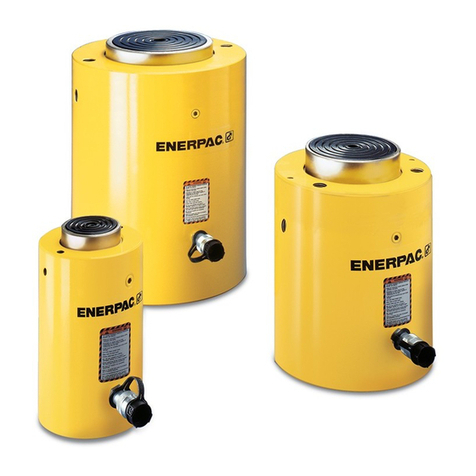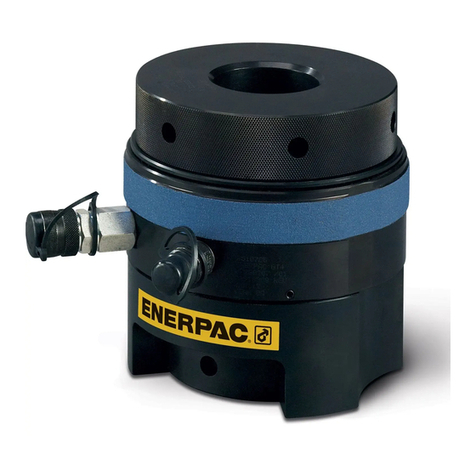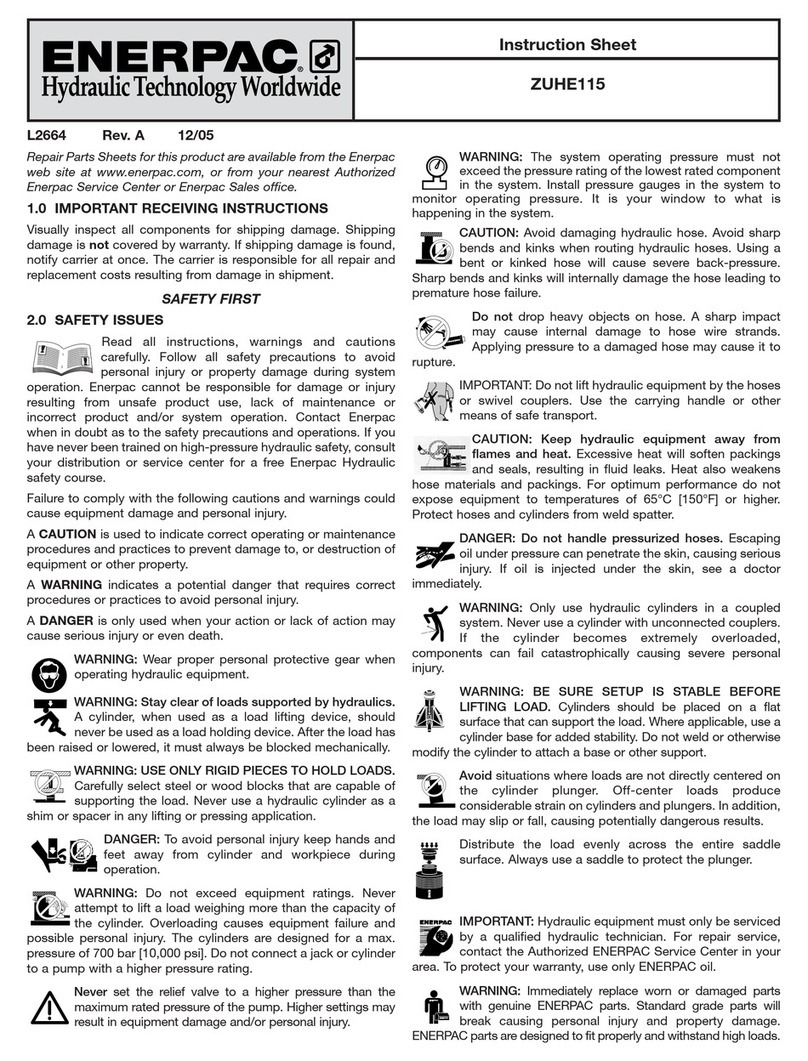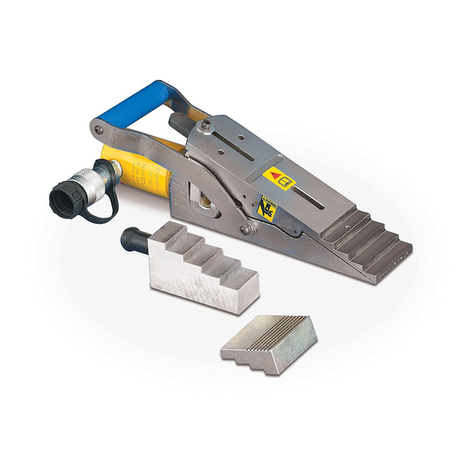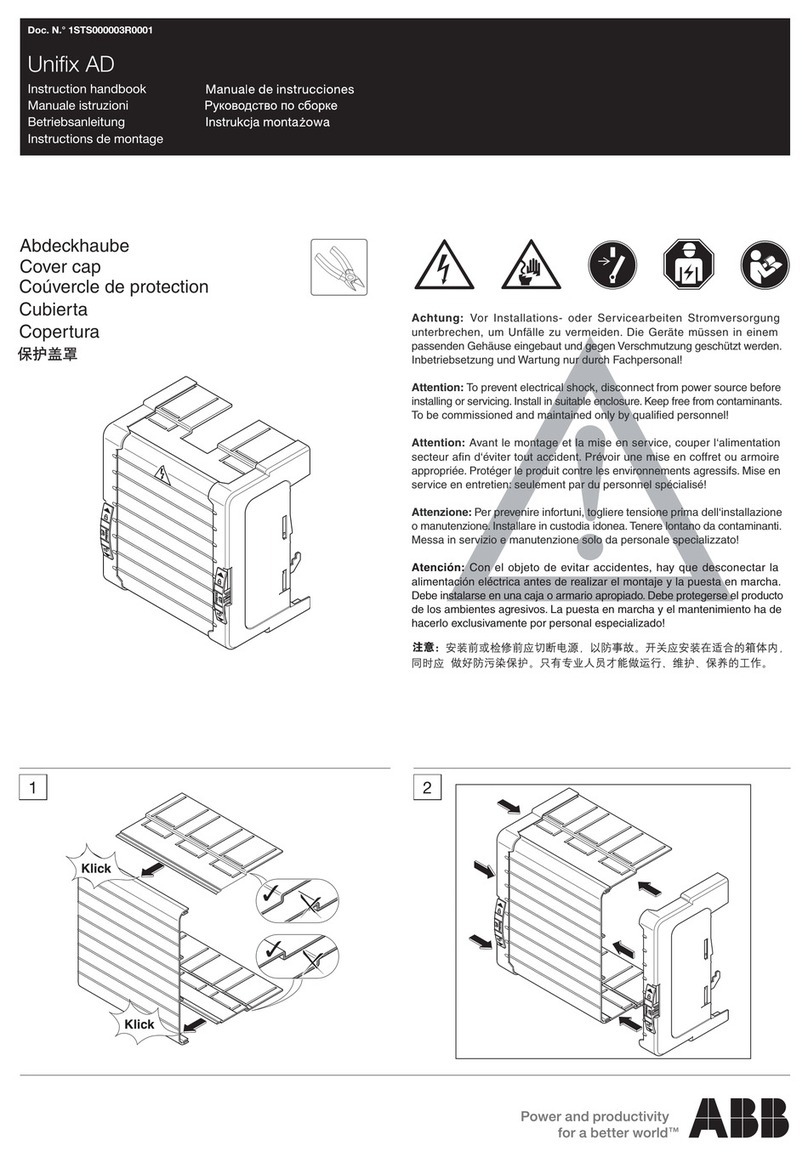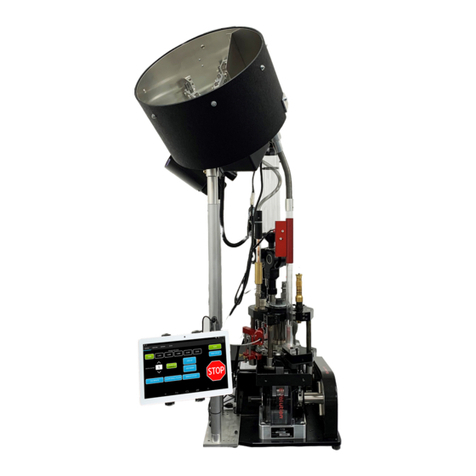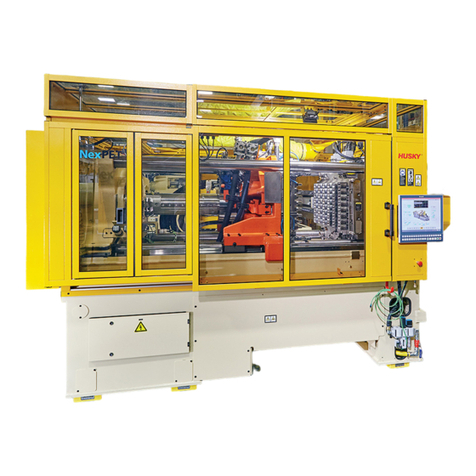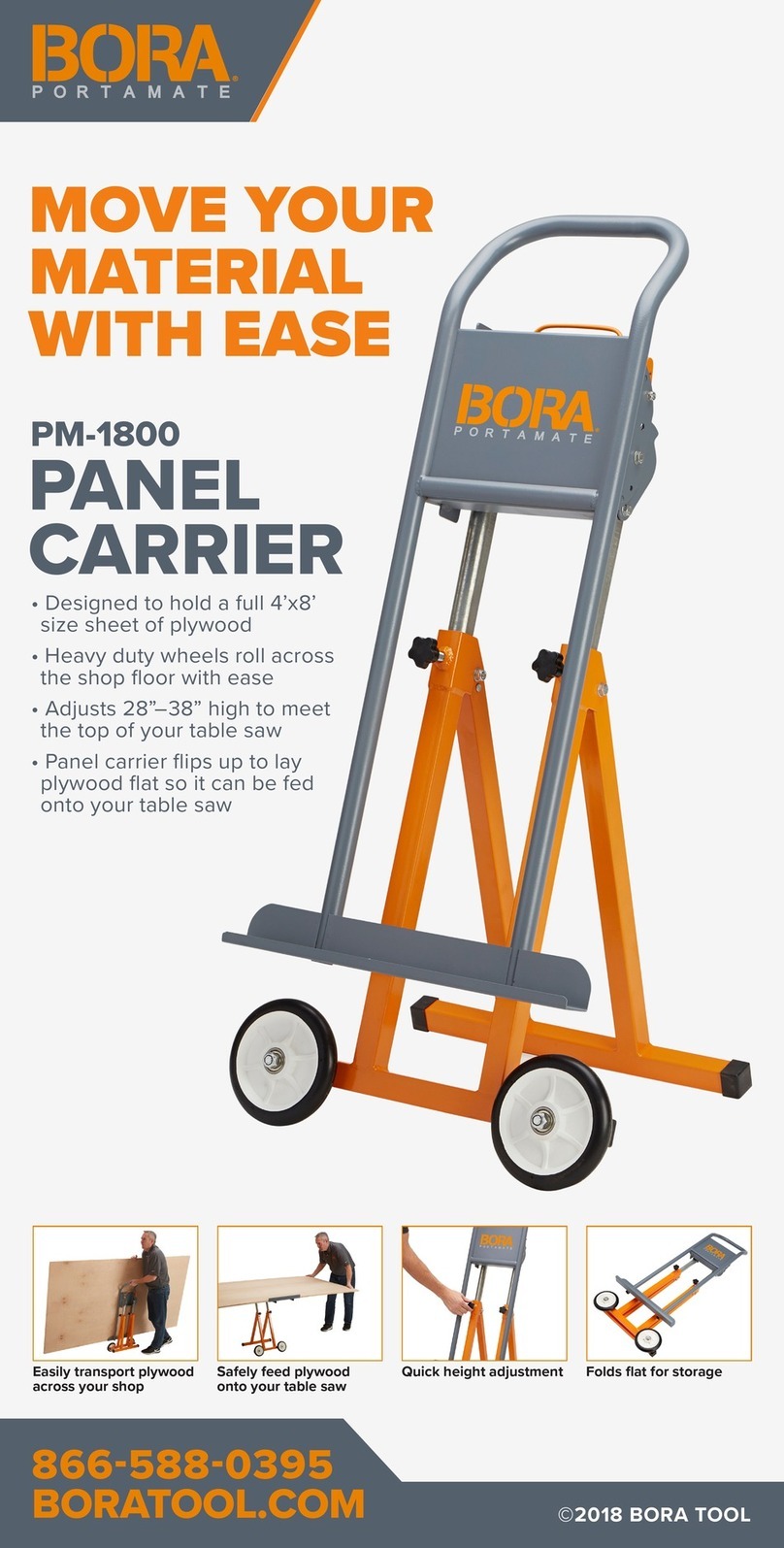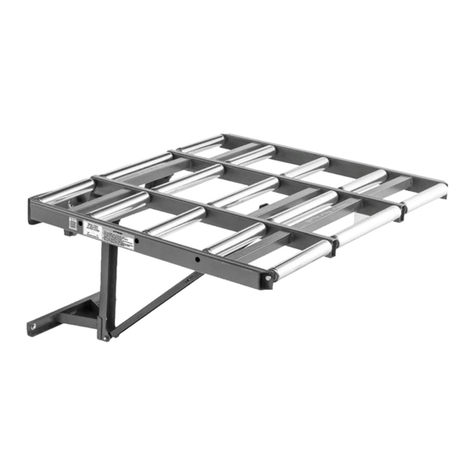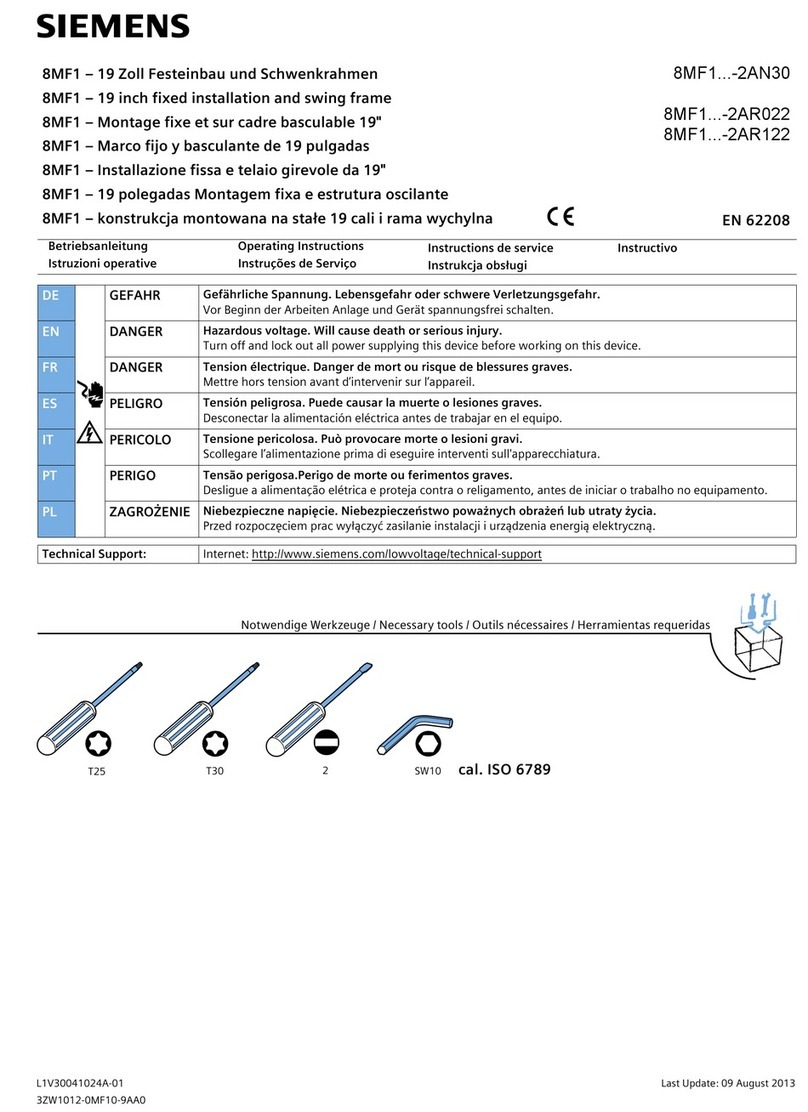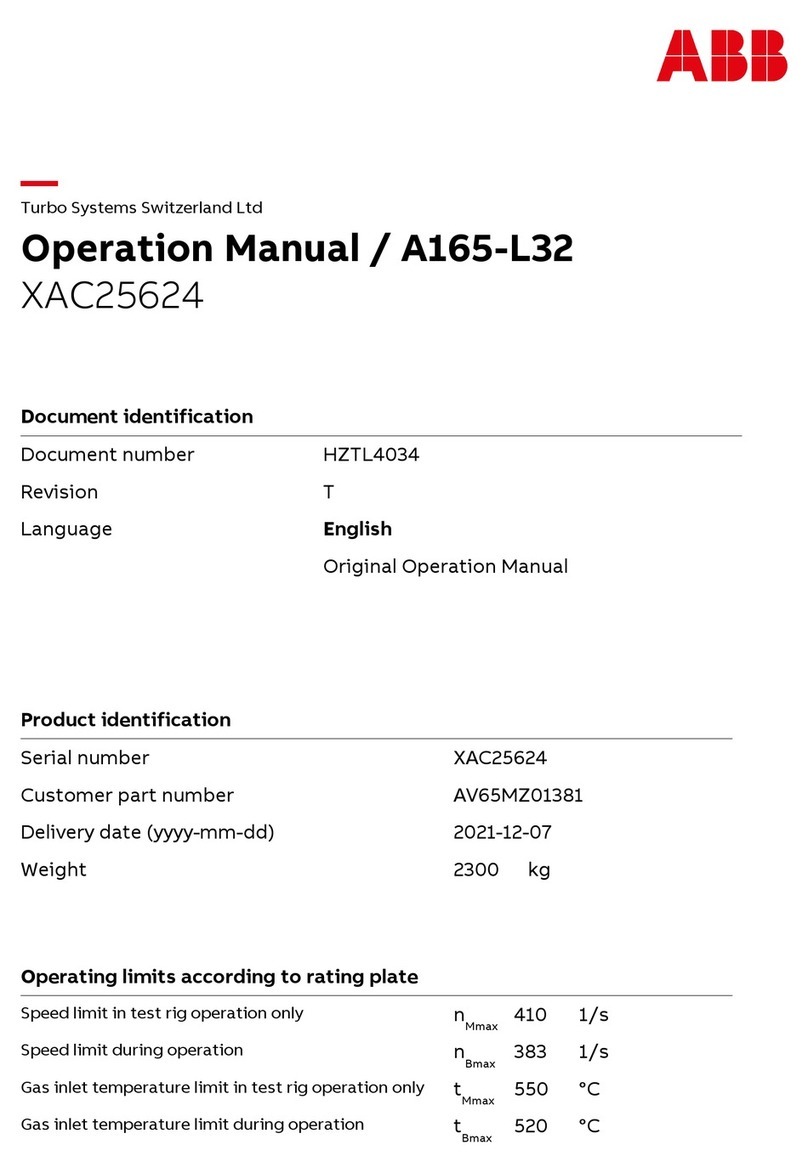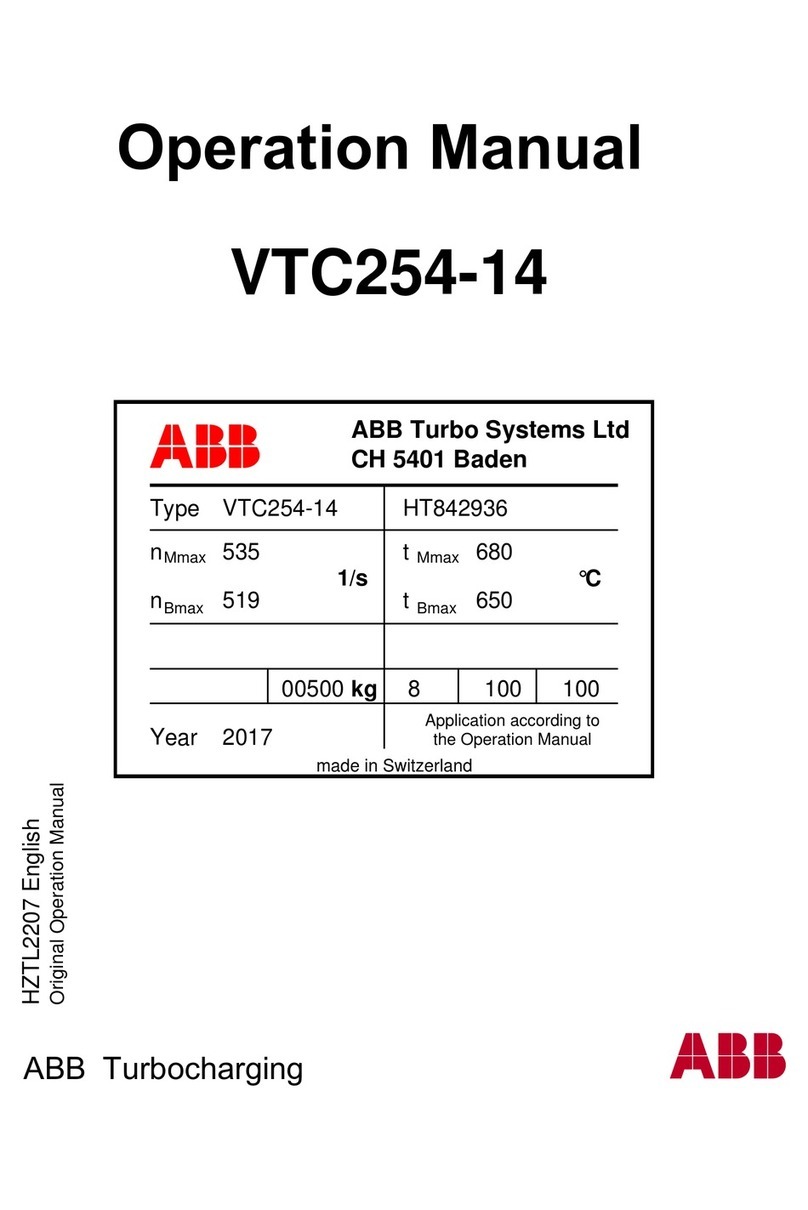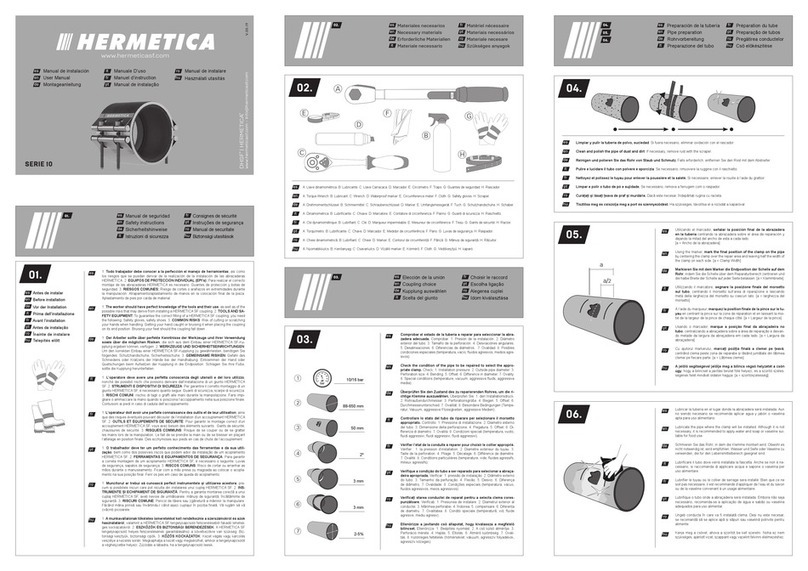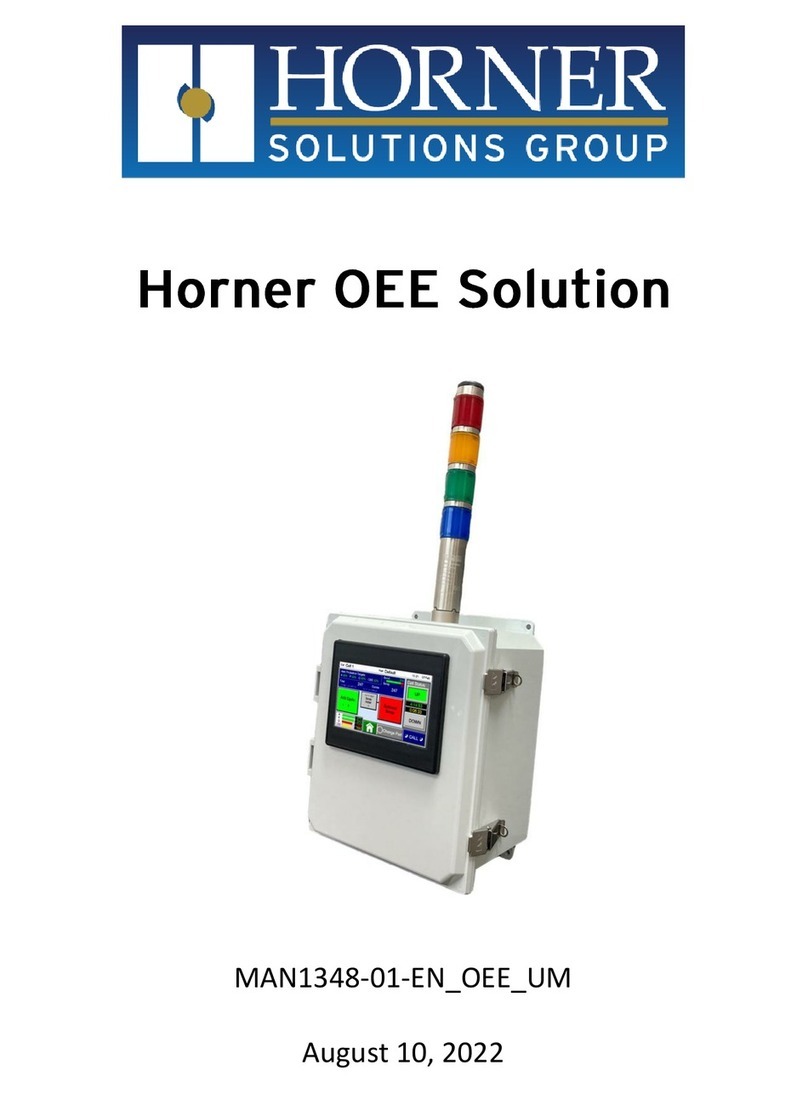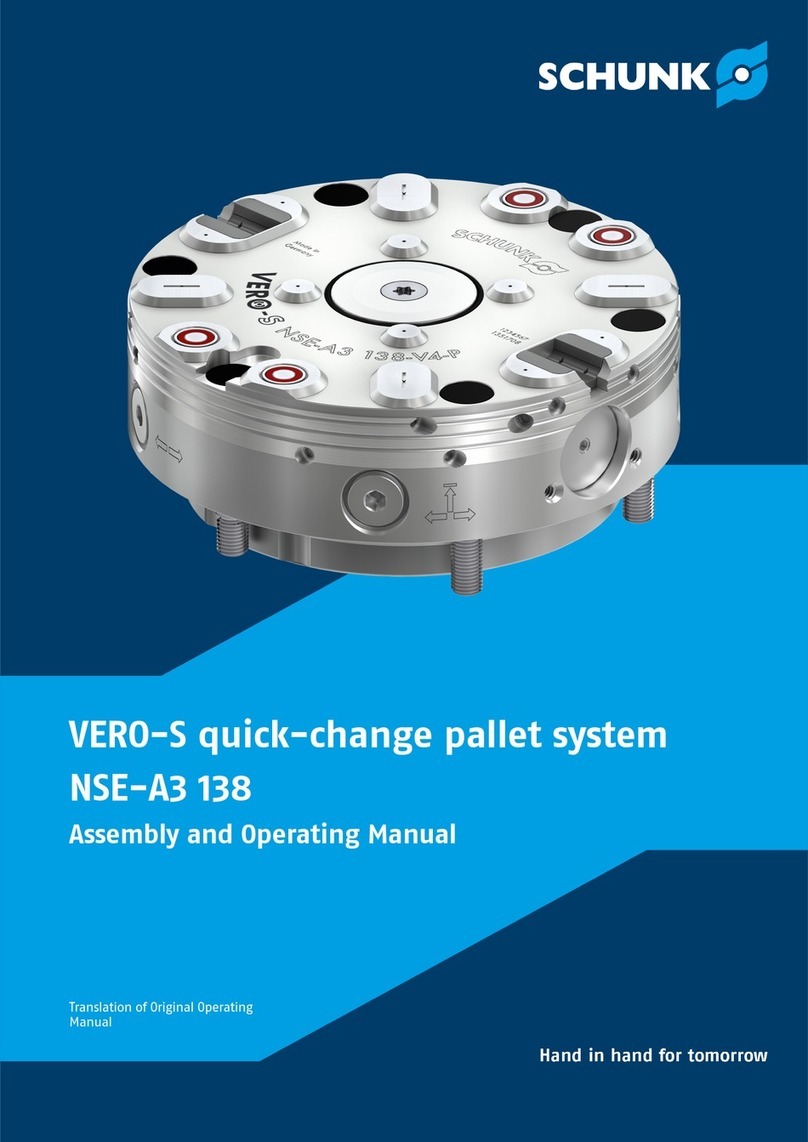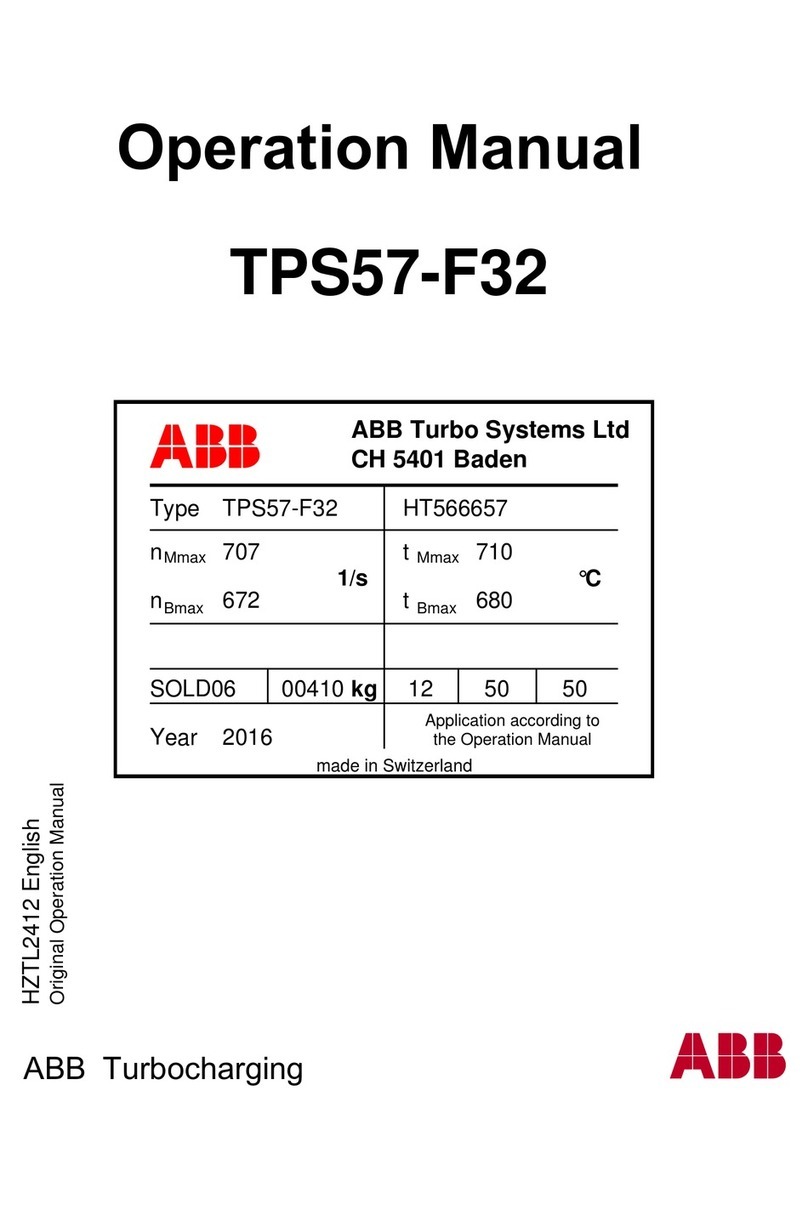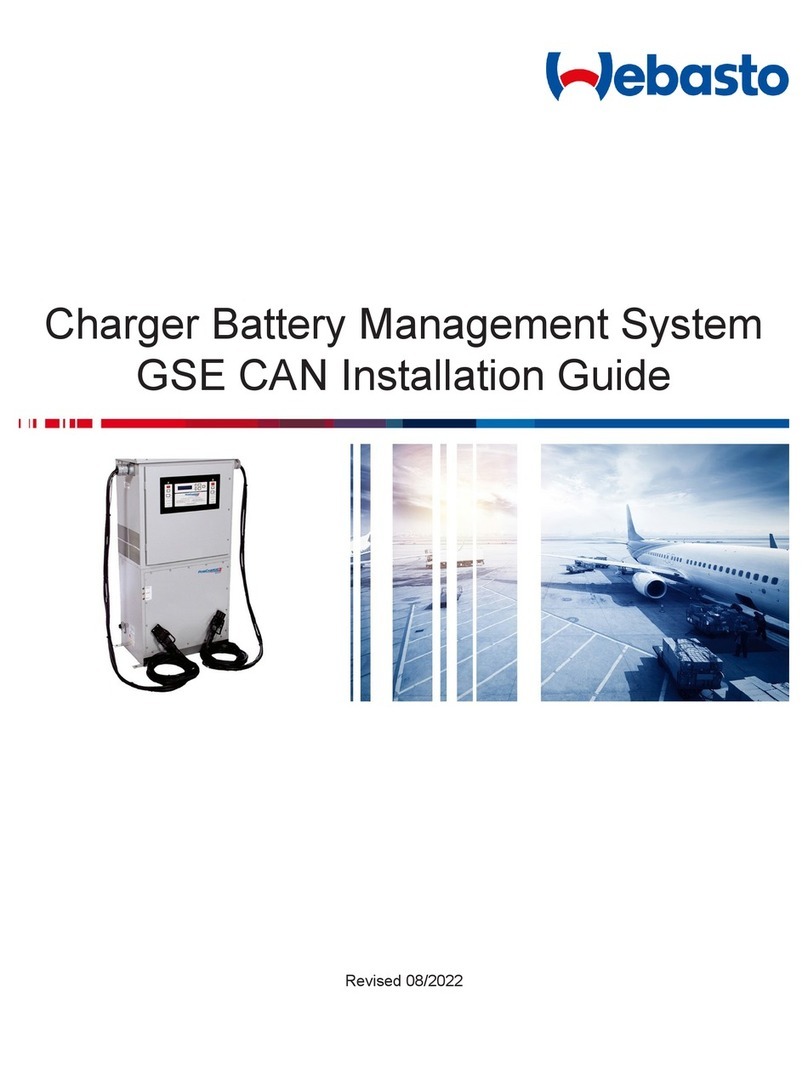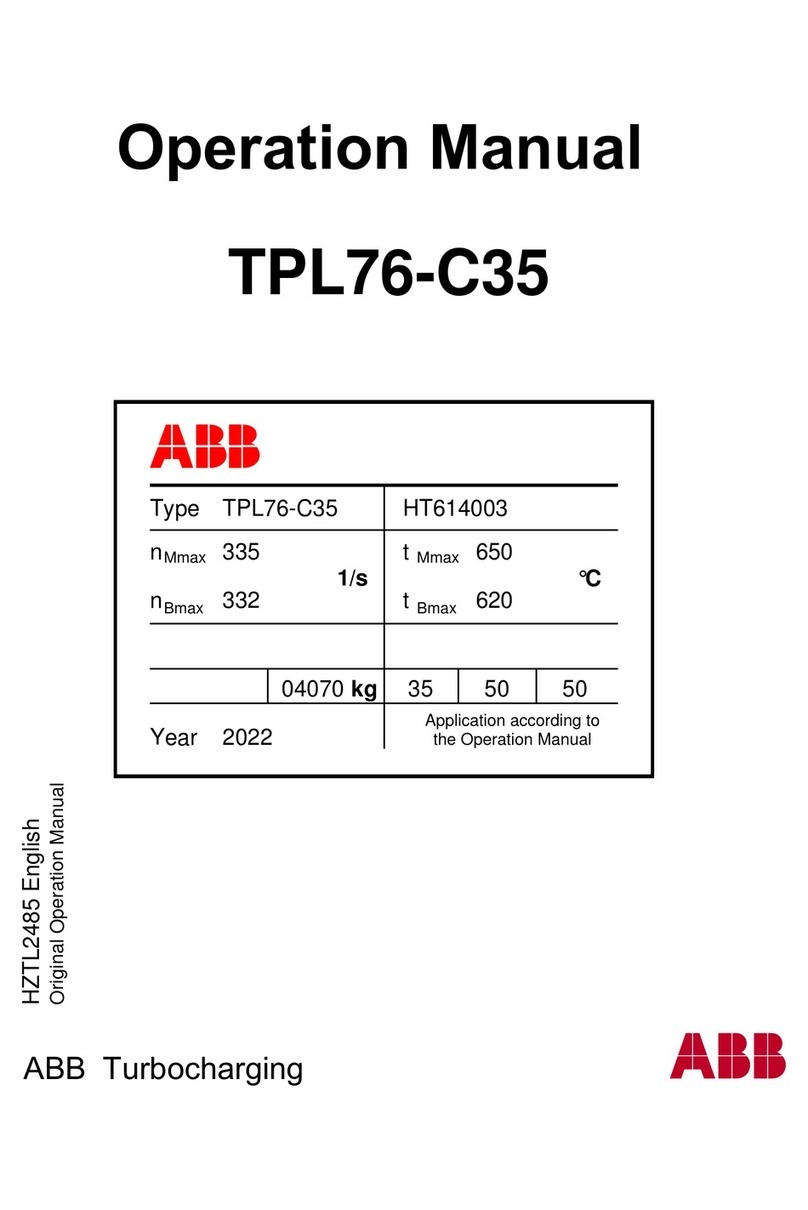
4L4748_a
• Never apply more hydraulic pressure to any tool,
hose, fitting or accessory than the maximum
allowable pressure as stated in the manufacturer’s
specifications. The system operating pressure
must not exceed the pressure rating of the lowest
rated component in the system.
• Be sure the operator has completed safety induction
training, specific to the work surroundings. The
operator should be thoroughly familiar with the
controls and the proper use of the tool.
• The operator must be of at least the minimum age
required by applicable local regulations, laws and
the facility standard operating procedures.
• Do not abuse or overstress the hoses in any way.
Do not bend the hoses excessively.
• Take every precaution to prevent oil leaks from
occurring. High pressure oil leaks can penetrate
the skin, resulting in serious injury.
• Never strike the tool while it is pressurized or under
load. Components under tension may become
dislodged, allowing them to become dangerous
projectiles. Uncontrolled release of pressurized
hydraulic oil could also occur.
• Avoid striking the tool at any time, even when it is
not pressurized or under load. Striking the tool could
cause permanent damage to cylinder components
and may affect the cylinder calibration.
• Be certain that no persons are working on or near
any cylinders before moving of the load begins.
Alert all personnel in advance that the procedure
is about to occur.
• Move only dead weight loads, avoid live weight
loads.
• Be especially careful when moving loads such as
partially filled storage tanks, in which the center
of gravity could move or shift during procedure.
Be aware that the distribution of some loads can
change quickly and without warning.
• Always maintain communication with the operator
during procedure to avoid accidents. Use hand
signals, two- way radios or other appropriate forms
of communication (as required by applicable laws
and regulations) if the load is not visible to the
operator.
• Operate pump and valve as required to ensure that
the load is moved evenly and at a controlled rate.
• Closely watch the load at all times during operation.
Stop work immediately if the load becomes
unstable or appears to be moving unevenly.
• Never allow persons to work under or near the load
while the load is being supported hydraulically.
After the load has been moved, it always must be
blocked mechanically by the cylinder’s lock nut or
via suitable cribbing.
Failure to observe and comply with the following
precautions could result in minor or moderate
personal injury. Property damage could also occur.
CAUTION
• Be careful to avoid damaging hydraulic hoses.
Avoid sharp bends and kinks when routing hydraulic
hoses. Do not exceed the minimum bend radius
specified by the hose manufacturer. Using a bent
or kinked hose will cause severe backpressure.
Sharp bends and kinks will internally damage the
hose, leading to premature hose failure.
• Keep hydraulic equipment away from flames and
heat. Excessive heat will soften packings and
seals, resulting in fluid leaks. Heat also weakens
hose materials and packings.
• For optimum performance, do not expose hydraulic
equipment to temperatures of 150˚F [65˚C] or
higher. Protect all hydraulic equipment from weld
spatter.
• Immediately replace worn or damaged parts with
genuine Enerpac parts. Enerpac parts are designed
to fit properly and to withstand high loads. Non-
Enerpac parts may break or cause the product to
malfunction.
Failure to observe and comply with the following
precautions could result in property damage and/or
void the product warranty.
• Never carry the cylinder by its hoses.
• Always use Enerpac pumps and hoses.
• In severe service conditions, be aware that the
cylinder must be inspected, cleaned and lubricated
more frequently than normal.
• If oil leakage is present from cylinder, replace seals
as required before placing the cylinder back into
service.
• If the cylinder is dropped from a significant height,
have the tool inspected and checked for proper
operation before placing it back into service.
• Hydraulic equipment must only be serviced by a
qualified hydraulic technician. For repair service,
contact the Enerpac Authorized Service Center in
your area.
1.2 Crush and Pinch Point Hazard
Never reach in between the cylinder lock nut and
the top of the cylinder base. Serious personal in-
jury can occur if cylinder is retracted and hands,
fingers or other body parts are present in this
area.
Figure 1: Crush and Pinch Point Hazard
